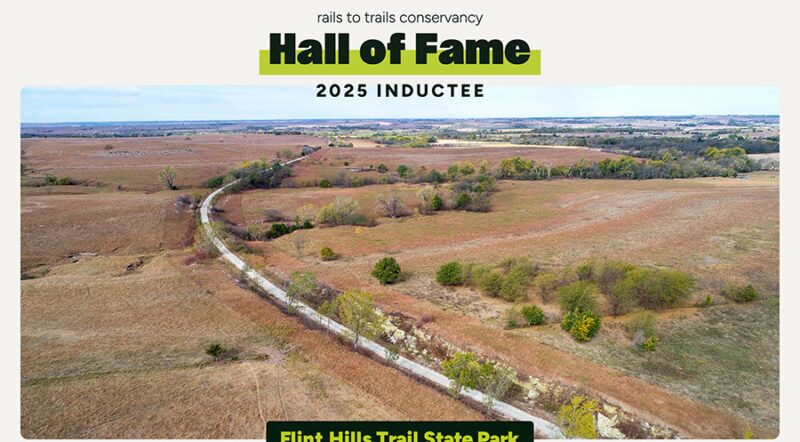TrailNation in Action: Creating Lasting Impact in 2024
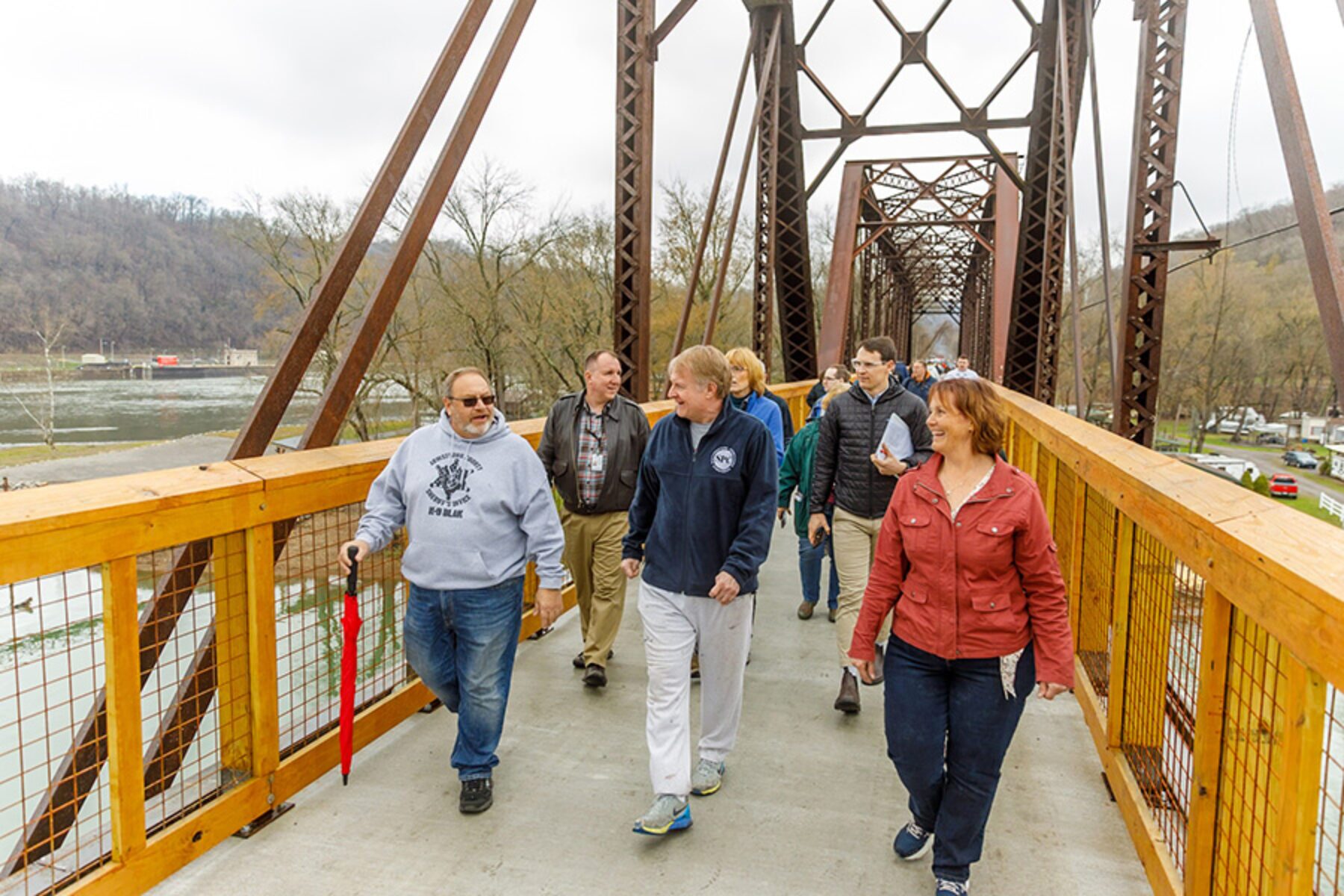
Rails to Trails Conservancy’s TrailNation™ initiative encompassing eight projects ranging from 35 to 2,600 miles that are serving as trail network models for the nation. Through TrailNation, RTC is redefining how trail networks are built and demonstrating their transformative potential.
Decades of advocacy and the dedication of the trail-building community have helped generate unprecedented momentum for the movement, and in 2024, we celebrated many key milestones, opportunities and partnerships that are taking these projects to the next level.
As we celebrate 2024’s successes, we look ahead with excitement, knowing that each mile built is a step toward a more connected and vibrant future for all.
Unlocking Opportunity With Equitable Trail Development
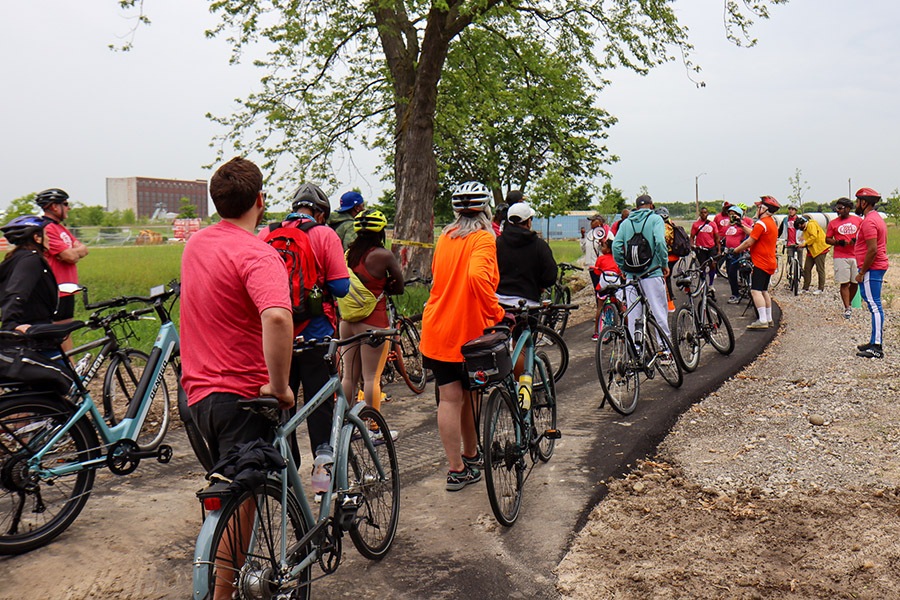
TrailNation illustrates the impact that equitable trail systems can have on communities. An example of this work can be found in the heart of Milwaukee’s north side, where RTC is advancing a 7.2-mile rail-with-trail project along the 30th Street Corridor. This corridor will connect three existing trails, forming an 18-mile loop linking downtown, Lake Michigan and the East Side, and create new access to safe walking and biking routes for hundreds of thousands of people in the city. A recent RTC BikeAble study determined that the project is the most important trail investment in the Milwaukee region in terms of creating more equitable trail access for neighborhoods experiencing inequality.
In 2024, RTC and local Milwaukee nonprofits, local government leaders and community members collaborated on an equitable development plan to ensure the future trail supports workforce development, affordable housing and small business growth. Additionally, a $700,000 engineering study will be conducted through 2026 to finalize the trail’s alignment. The effort is part of our Route of the Badger project, a 700-miles-plus regional trail system connecting people across seven counties in Southeast Wisconsin.
Amplifying Impact Through Partnerships
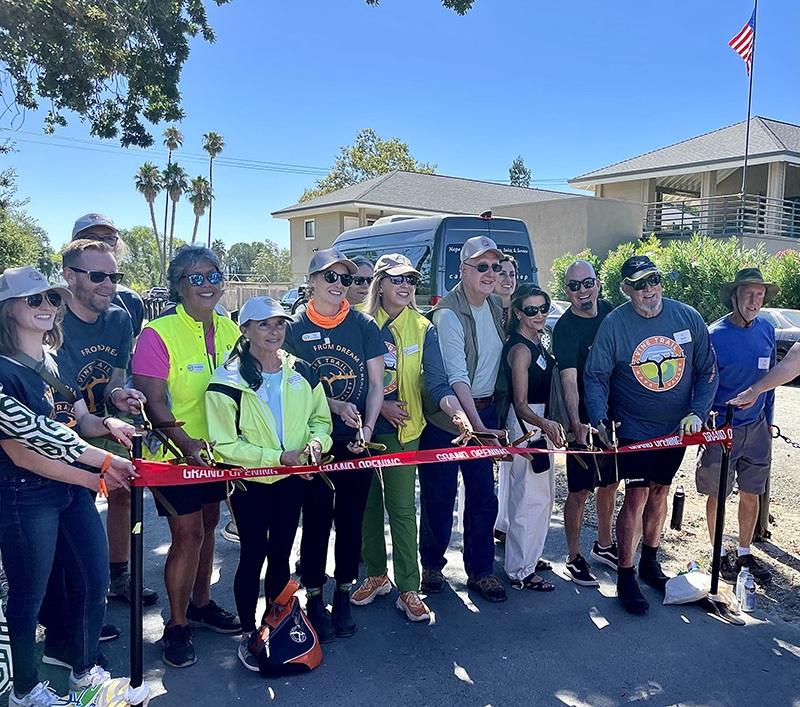
Strong, collaborative partnerships over the past year have propelled TrailNation projects forward, helping to secure funding, expand community engagement efforts and set the stage for trail networks that will shape the future of our cities and towns.
In California’s Bay Area, a groundbreaking partnership with the local metropolitan planning organization secured $200,000 over three years to advance the 500-mile San Francisco Bay Trail, a key part of the Bay Area Trails Collaborative’s (BATC’s) work in the region. In fact, over the past year, BATC projects have received more than $48 million in funding wins. Inclusion in BATC’s trail network map—and therefore the Metropolitan Transportation Commission’s Active Transportation Plan—helped elevate local grant applications within the network. This resulted in an outsized percentage of regional awards going to projects championed by BATC, a group chaired by RTC and comprising more than 50 organizations, agencies and businesses.
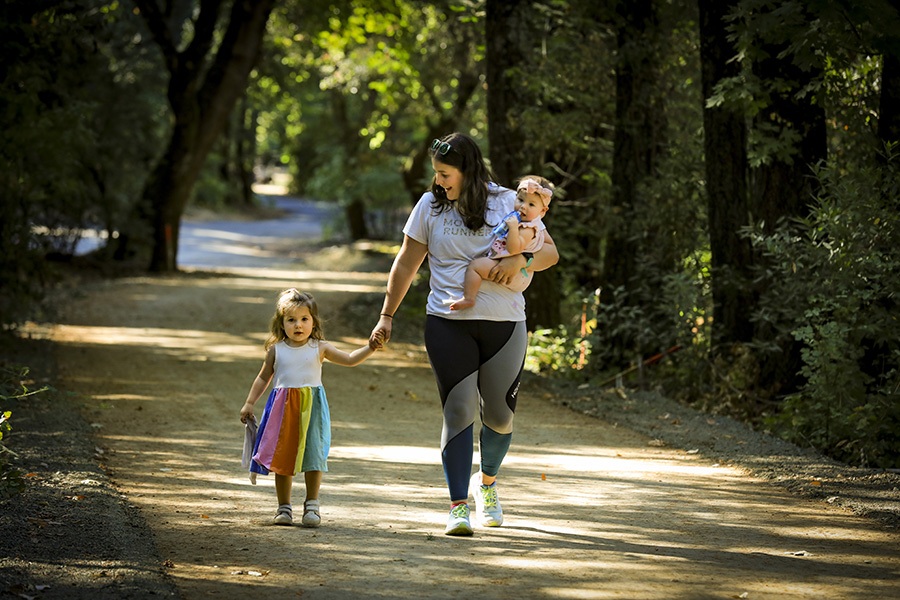
On the other coast, our partnership with Baltimore’s departments of transportation and planning helped secure more than $4.5 million in federal, state and private funding in 2025 to advance five critical trail segments of the city’s trail network. Local organizing efforts have also strengthened how project leaders are engaging with the community through the formation of two resident-led Neighborhood Action Teams for the 33rd Street Trail and the Jones Falls Trail. The input from these partnerships will ensure community voices are centered in planning and decision-making. We will also have the benefit of a continuous feedback loop to make sure these projects address the neighborhoods’ specific needs and existing barriers.
And in the Greater Philly–Camden Area, RTC is working hard to expand support for Philadelphia’s Richmond Industrial Track (part of our 800-miles-plus developing Circuit Trails network) with community development corporations HACE and NKCDC, alongside the Bicycle Coalition of Greater Philadelphia. The elevated railroad viaduct has long divided surrounding neighborhoods, but years of RTC advocacy within these neighborhoods has resulted in local foundation grants and city backing for its transformation into a rail-trail.
As RTC has said before in recent times, connected trail systems are solidifying their place as essential infrastructure for everyday life in America, offering more than ways for people to get from place to place. They’re a way to connect to our communities, to invest in resilience and to reimagine infrastructure around people. When we build safe, connected, equitable trail networks, we lay the foundation for everyone, everywhere, to move safely to the places we live, work and want to be.
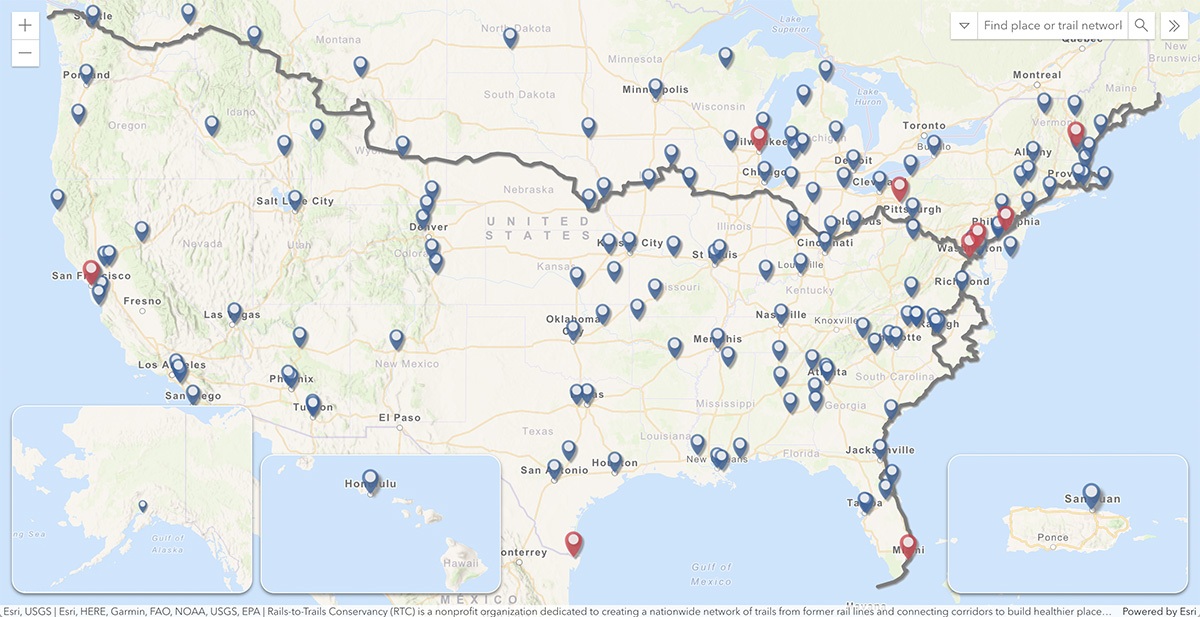

Donate
Everyone deserves access to safe ways to walk, bike, and be active outdoors.
